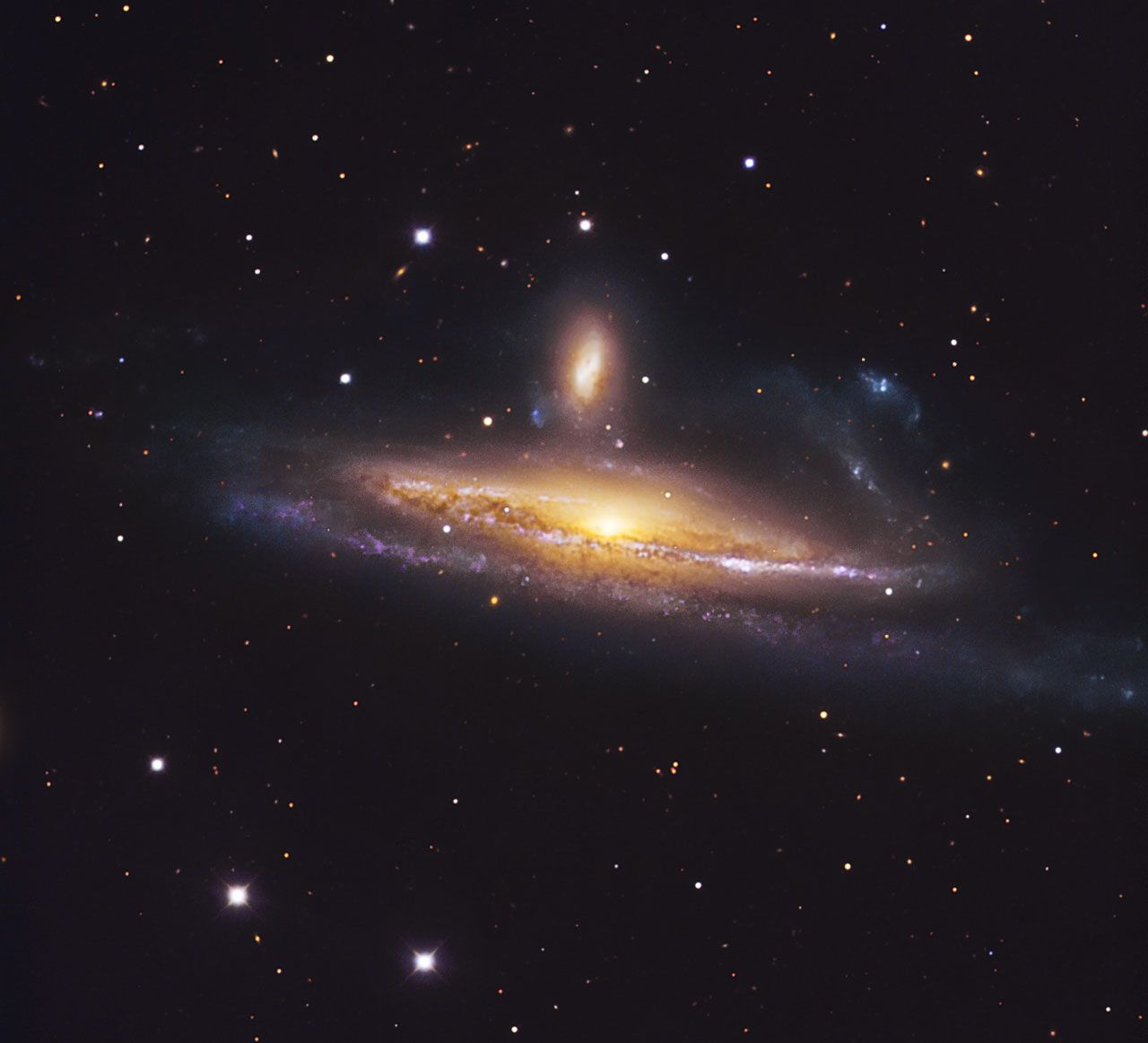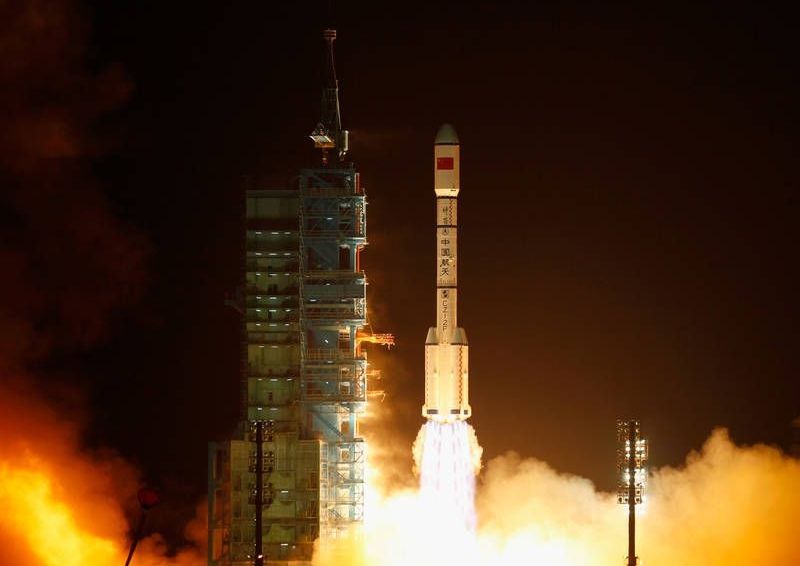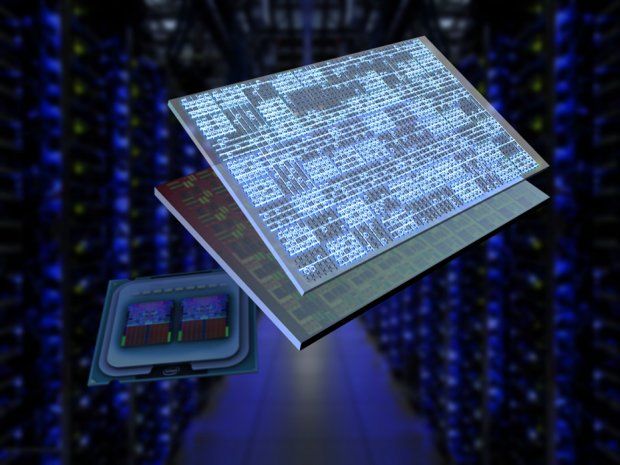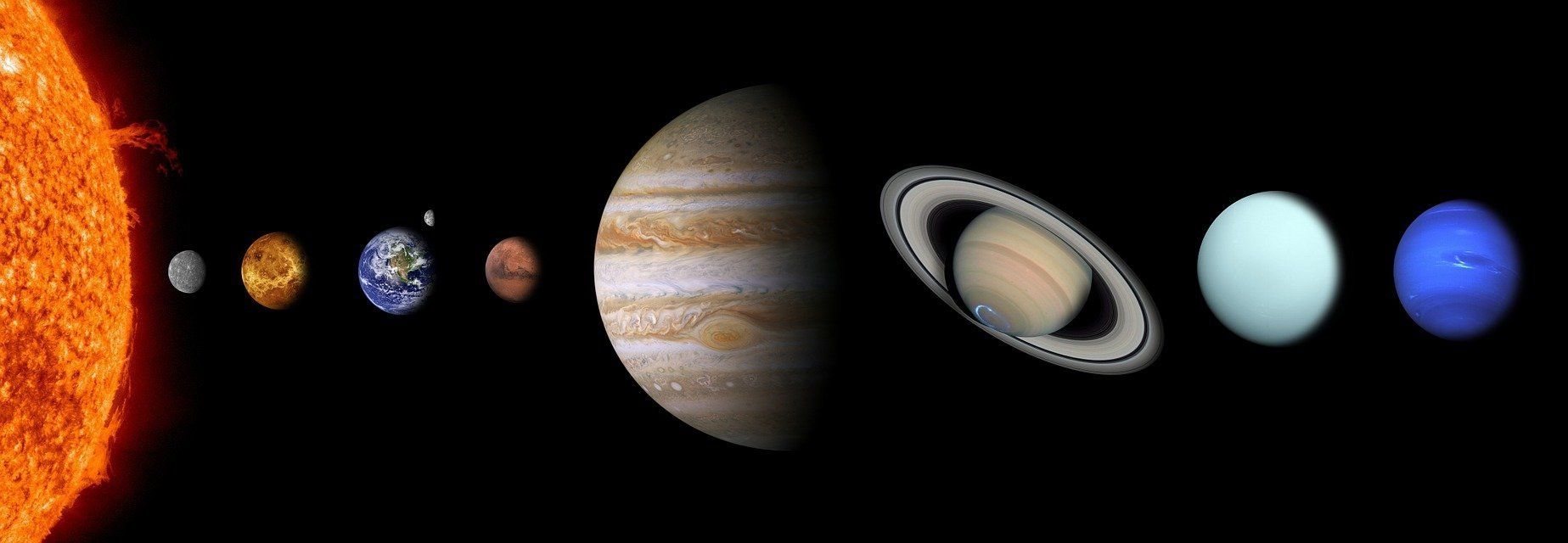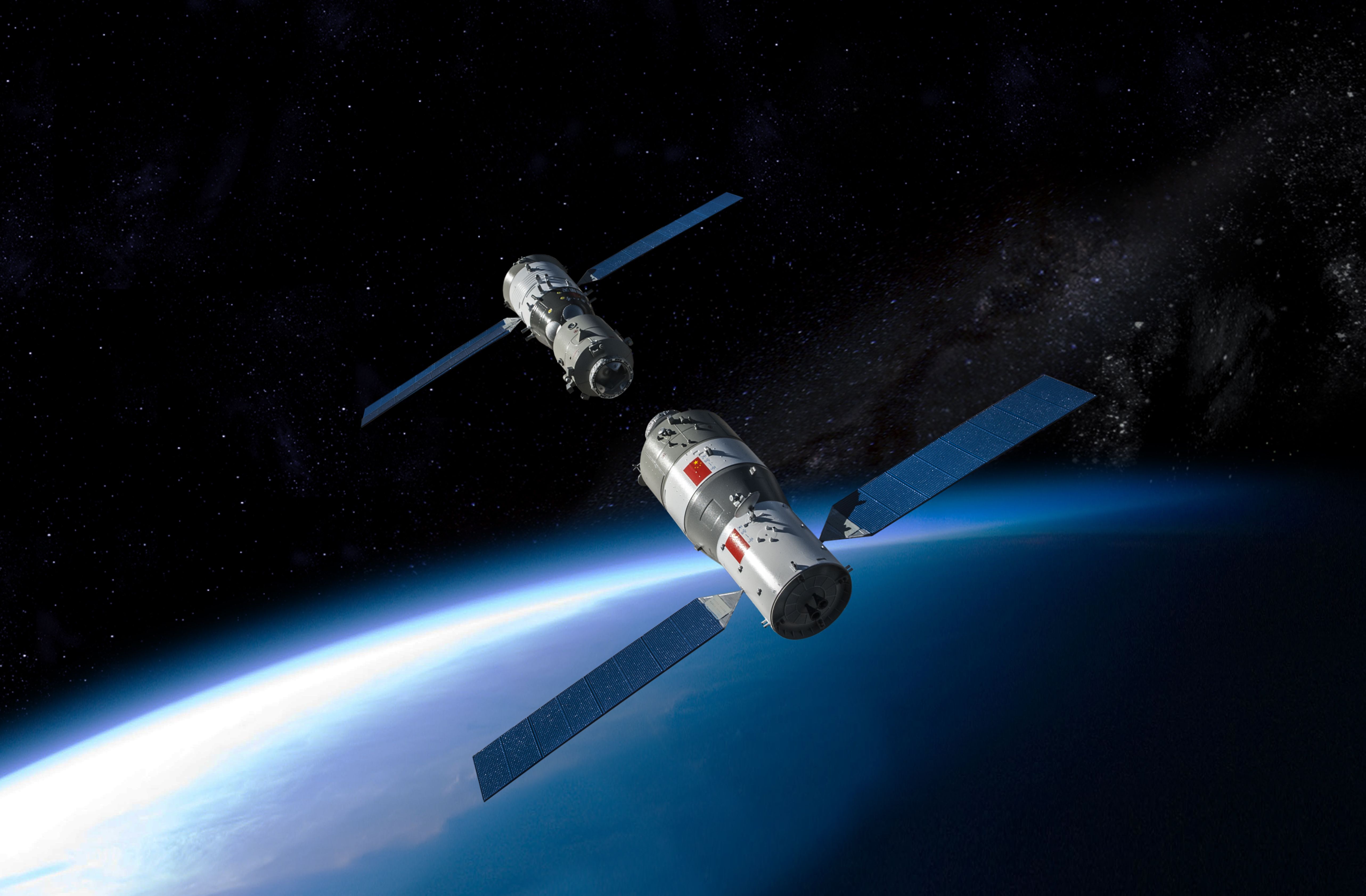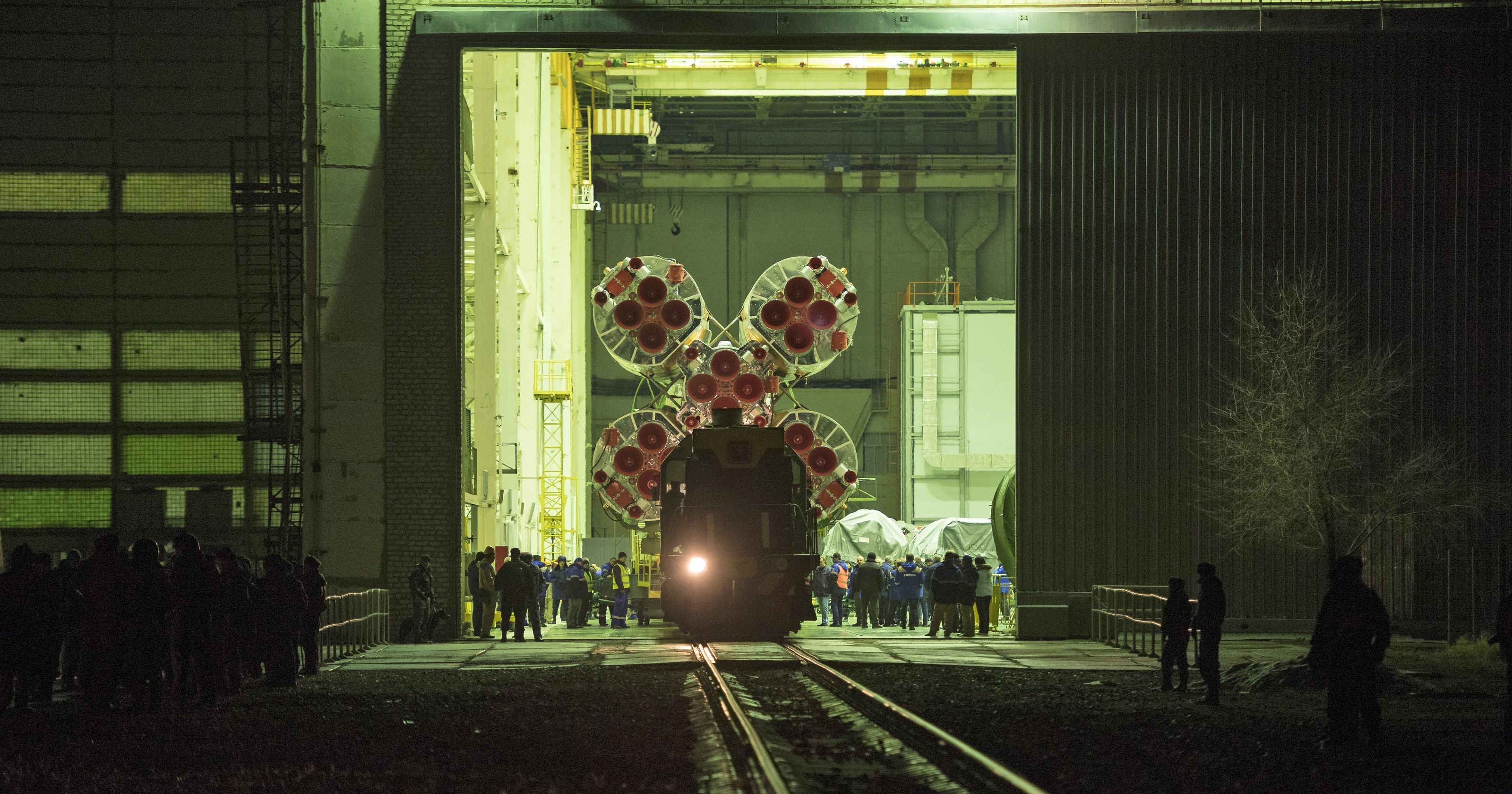The pair of galaxies NGC 1531/2, engaged in a spirited waltz, is located about 70 million light-years away towards the southern constellation Eridanus (The River). The deformed foreground spiral galaxy laced with dust lanes NGC 1532 is so close to its companion — the background galaxy with a bright core just above the centre of NGC 1532 — that it gets distorted: one of its spiral arms is warped and plumes of dust and gas are visible above its disc. The cosmic dance leads to another dramatic effect: a whole new generation of massive stars were born in NGC 1532 because of the interaction. They are visible as the purple objects in the spiral arms.
This exquisite image was made using the 1.5-metre Danish telescope at the ESO La Silla Observatory, Chile. It is based on data obtained through three different filters: B, V and R. The field of view is 12 x 12 arcmin.
